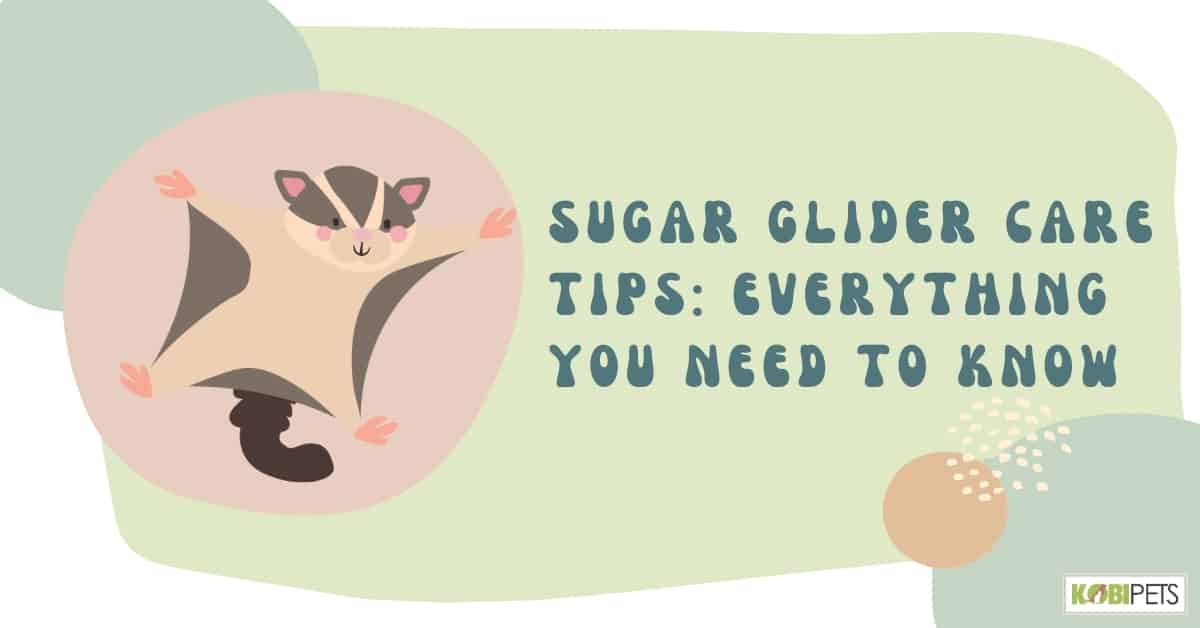
If you’re looking to deepen your relationship with your sugar glider, there are a couple of things you can do. Providing toys and activities and engaging in daily interaction such as hand-feeding treats or gently handling them outside their cage for at least 15 minutes each day will help build trust between the two of you.
This blog post will provide an overview of the essential elements of sugar glider care, including feeding schedules and portion sizes, commercial diets and supplements, the importance of fresh water, bathing and nail trimming, socialization, and bonding, warning signs of aggression, health concerns, and regular vet visits, as well as common health issues.
Housing
Cage size and type
Owning a Sugar Glider can be an incredibly rewarding experience, but taking proper care of one can be challenging. Cage size and type are two crucial aspects of providing the best possible environment for your pet to thrive in.
The enclosure should be spacious, as at least 24 inches of height and 36 inches of length/width are recommended for a single Sugar Glider. Multiple gliders need about twice that area per animal for adequate comfort and exercise. As for cage type, a rectangular or cube-style cage with bar spacing no larger than ⅜ inch should be used in order to avoid escape risks.
Additionally, strong materials such as stainless steel or wrought iron must be employed to prevent gnawing damage from the powerful Sugar Glider jaws. With these considerations in mind, you can make sure your pet has a safe and comfortable home.
| Cage Size | Description |
|---|---|
| Minimum Size | Two-level cage of 24” x 30” (A large single-level cage such as 36” x 18” is also suitable) |
| Maximum Size | No limit, however the bigger the cage, the more your glider will enjoy it and have the opportunity to explore. |
| Design Considerations | If a two-level cage, avoid overly steep ramps with wide platform shelves at the top so your glider can comfortably climb in and out without any problems. Also, check that all openings are big enough for them to fit through easily but not too big so that they can escape. |
Essential cage accessories
When it comes to caring for your Sugar Glider, having the right accessories in their cage can make a world of difference. Whether you are new to owning a Sugar Glider or have had one as part of your family for years, providing good quality toys and accessories will promote increased activity and enrichment.
Look for items made of safe materials like wooden perches and ladders or fabric tunnels. Platforms that allow gliders to hide or sleep without feeling exposed are great for improving the quality of sleep and giving them a sense of security.
Finally, include plenty of chewable materials like wood blocks or bird-safe manzanita branches so they can grind their teeth down in a healthy way. With these essential cage accessories, you’re sure to take your Sugar Glider’s care to the next level!
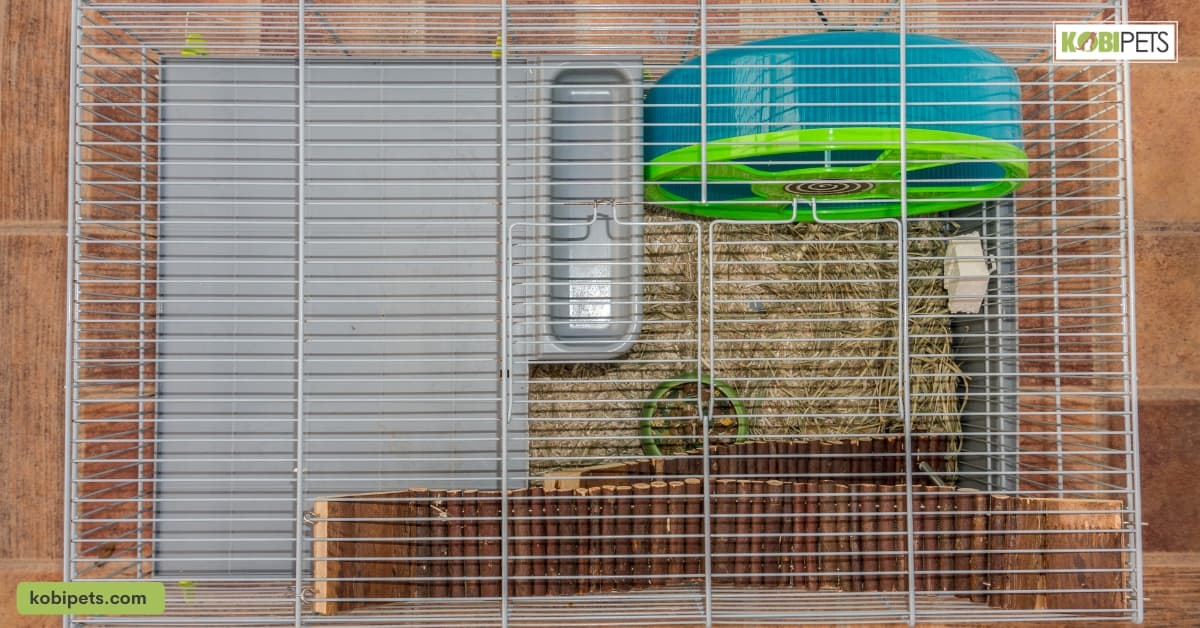
Substrate options for the bottom of the cage
When considering proper sugar glider care, a substrate is an important element in constructing the flooring of their cage. Common substrates for sugar gliders are materials such as kitchen towels for absorbency, fleece specifically made for glider cages that provide warmth and padding, paper-based bedding like CareFresh or Yesterday’s News, as well as pelleted beddings tailored to small animals.
Be sure to research and check your choices thoroughly before selecting the right substrate option to ensure your pet’s safety, comfort, and well-being.
| Substrate Options | Description |
|---|---|
| Natural Bedding | Shredded paper or soft fabric linings for nesting boxes and hammocks. Do not use pine or cedar shavings as these can be dangerous to the health of your glider. |
| Artificial Bedding | Synthetic beddings that claim to be ‘safe’ for small animals are OK to use in moderation. Try to avoid using any type of loose substrate if possible, as it can lead to ingestion while they are playing and cause digestive problems |
Diet
Nutritional needs of Sugar Gliders
Sugar Gliders are unique little creatures that require a specific diet to stay healthy. These exotic marsupials are originally from Australia, and due to their special dietary needs can be challenging to care for. They have an omnivorous diet – meaning they need both animal and plant-based foods in their diets.
Many commercial food mixes on the market provide necessary nutrients, and anything else should be supplemented with fresh fruit, vegetables, and insects like crickets or worms. It is important to remember that too much sugar in their diets can lead to obesity, diabetes, and other health issues so moderation is key when it comes to feeding your Sugar Glider treats.
As always it’s best to consult with your veterinarian about what types of food are best for your pet’s nutritional needs.
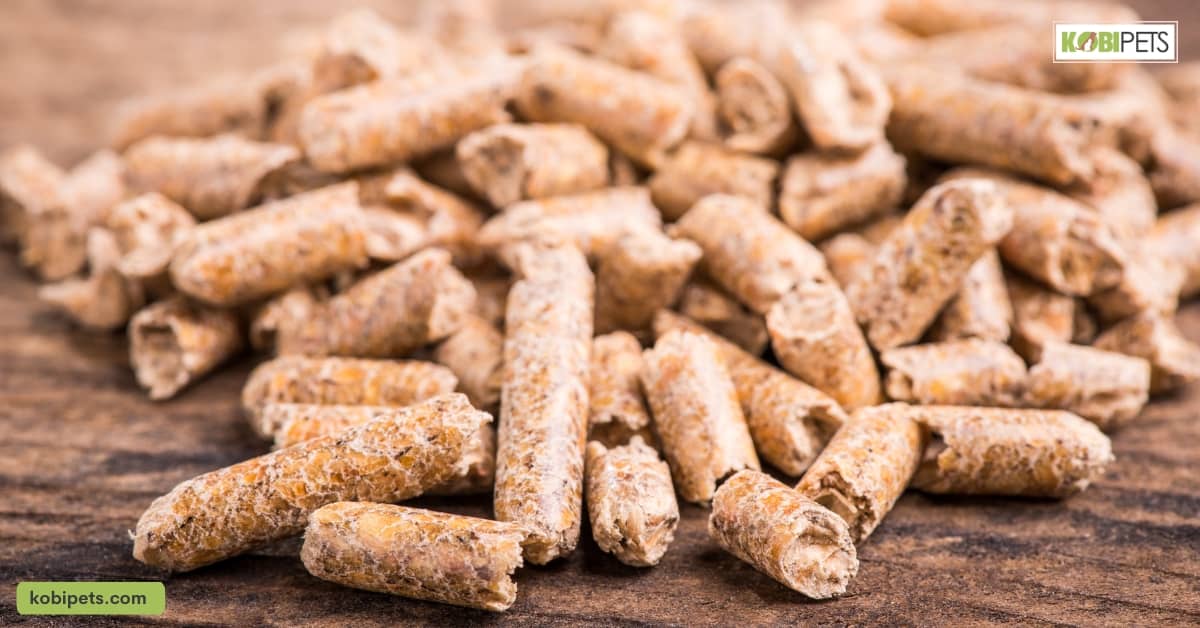
Feeding schedule and portions
Creating a feeding schedule and understanding portion sizes can help make sure your Sugar Glider is getting the right nutrients. It’s important to provide a daily diet of fresh fruit and vegetables, supplemented with small portions of mealworms, waxworms, insects, boiled eggs, and commercial diets specifically designed for Sugar Gliders.
A suggested dietary ratio would be 70% fruits and vegetables, 20% protein sources, such as insects and eggs, and 10% specialized commercial food. However, depending on the glider’s activity level these Portion sizes may need to be adjusted accordingly.
Establishing a routine will help your Sugar Glider bond with their keeper while ensuring they get all the nutrition they need for good health. As always, consult your veterinarian for guidance related to what constitutes an appropriate diet for your pet Sugar Glider’s specific needs.
| Feeding Schedule & Portions | Description |
|---|---|
| Age | Depending on the age, the amount of food to give should be adjusted accordingly. |
| Nutrition | A combination of fresh fruits and vegetables, specifically those that are safe for gliders, as well as a high-quality pellet or meal replacement powder. Be sure to avoid any items that may contain sugar, artificial sweeteners, preservatives, etc. |
| Frequency | Gliders can eat up to every other day or once a day depending on the type of diet they are on. If feeding fresh produce make sure to remove uneaten items daily and replace them with new ones regularly. |
Commercial diets and supplements
Sugar gliders are rapidly becoming more and more popular pets, with their cute faces and unique behavior. However it is important to understand that careful consideration is needed when choosing Commercial diets and supplements specifically for sugar glider care.
Many of the products available today simply aren’t suitable, being either too low in essential amino acids or containing excessive amounts of sugar – both of which could be detrimental to your Sugarglider’s health. A diet rich in the correct balance of proteins, fat, carbohydrates, and vitamins is therefore essential for optimal Sugar Glider Care.
This can be provided by a good quality commercial diet supplemented with fresh fruit, vegetables, and insects; as well as additional calcium sources such as cuttlebone or ground oyster shell.
By making sure you thoroughly research all options before making a decision on what to feed your pet Sugar Glider, you will not only ensure its well-being but also promote many happy years together.
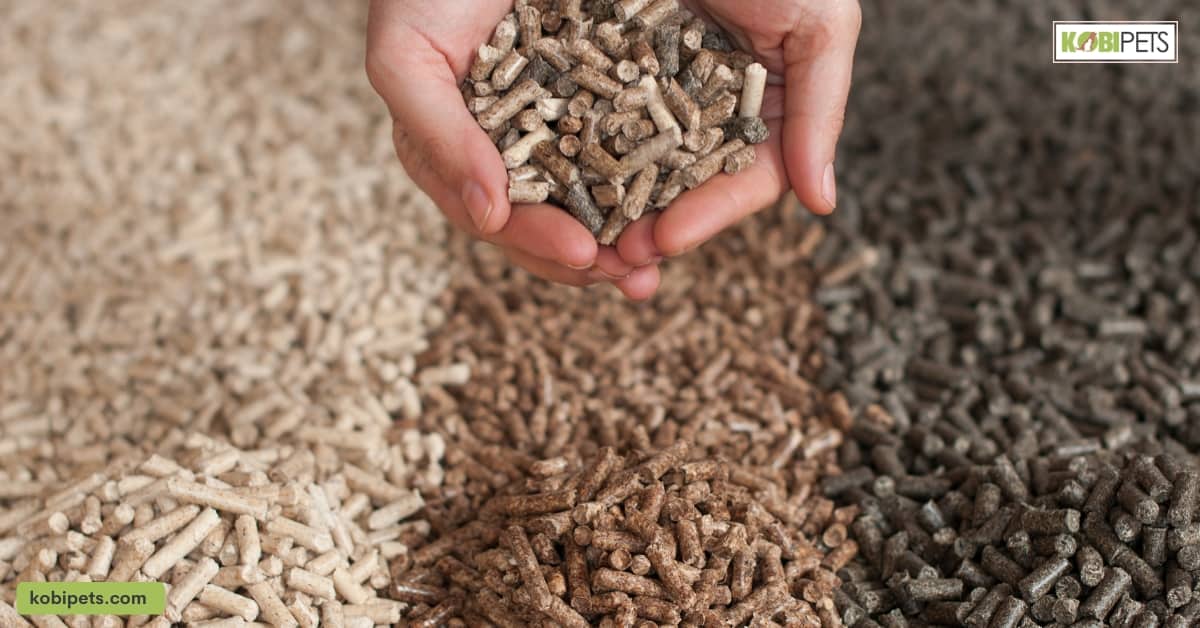
Importance of fresh water
Good nutrition is essential for all animals, and that includes sugar gliders. Fresh, clean water is key to a balanced diet and should be available at all times. It helps to keep them hydrated as well as support overall health and well-being.
Water also aids in digestion and encourages nutrient uptake into their bodies, which can even reduce the risk of dental complications associated with poor diets like nutritional deficiencies and food beads getting stuck in teeth due to inadequate levels of saliva production.
Additionally, having access to fresh water will help ensure sugar gliders can regulate temperature and flow metabolic waste out of the body at the same rate that it’s produced. Though there may be other drinking options available, such as non-sugary drinks or juice, fresh water is ultimately the ideal choice when considering your sugar glider’s optimal care.
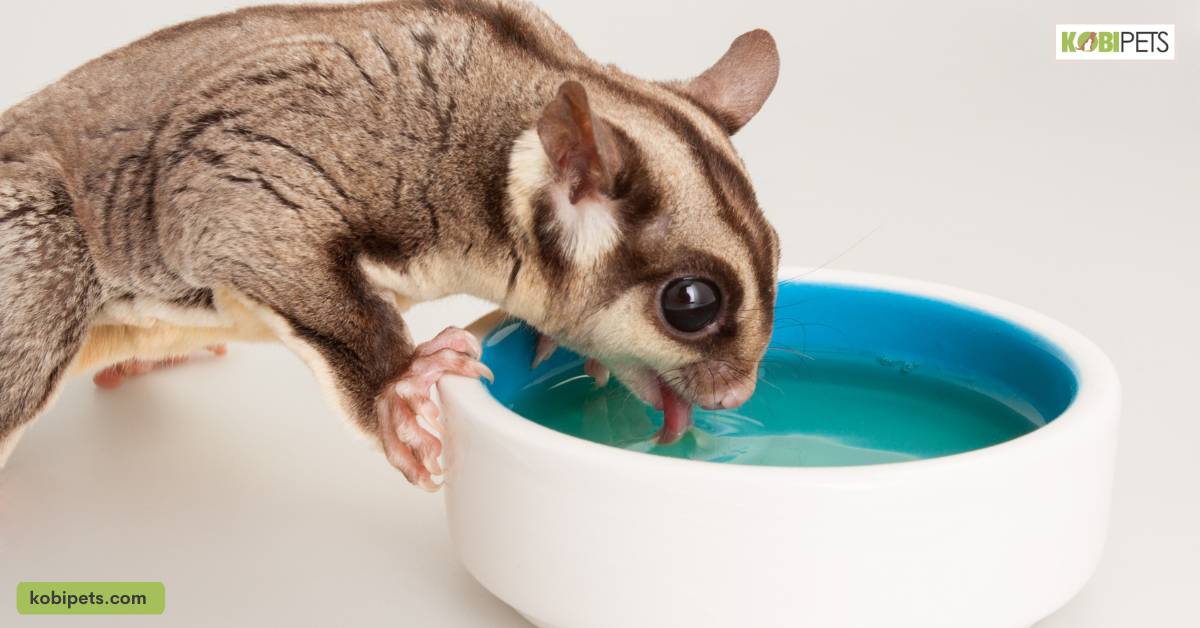
Exercise and Playtime
When caring for a sugar glider, it is important to ensure they are receiving enough activity and exercise. Toys such as ladders, bridges, hammocks, and nesting pockets can be used to encourage playful behavior while exercising wheels and play activities like “flying over the rainbow” will keep them engaged.
To promote physical activity, it is essential to create an environment that allows your sugar glider to bounce, climb and jump – either creating a designated area or arranging their habitat accordingly.
Additionally, stuffed toys or stimulation-filled treat balls are great playtime activities during the day that can also provide additional treats or snacks. Finally, remember to always supervise when playing with your pet since improper sugar glider care habits can lead to health problems down the road.
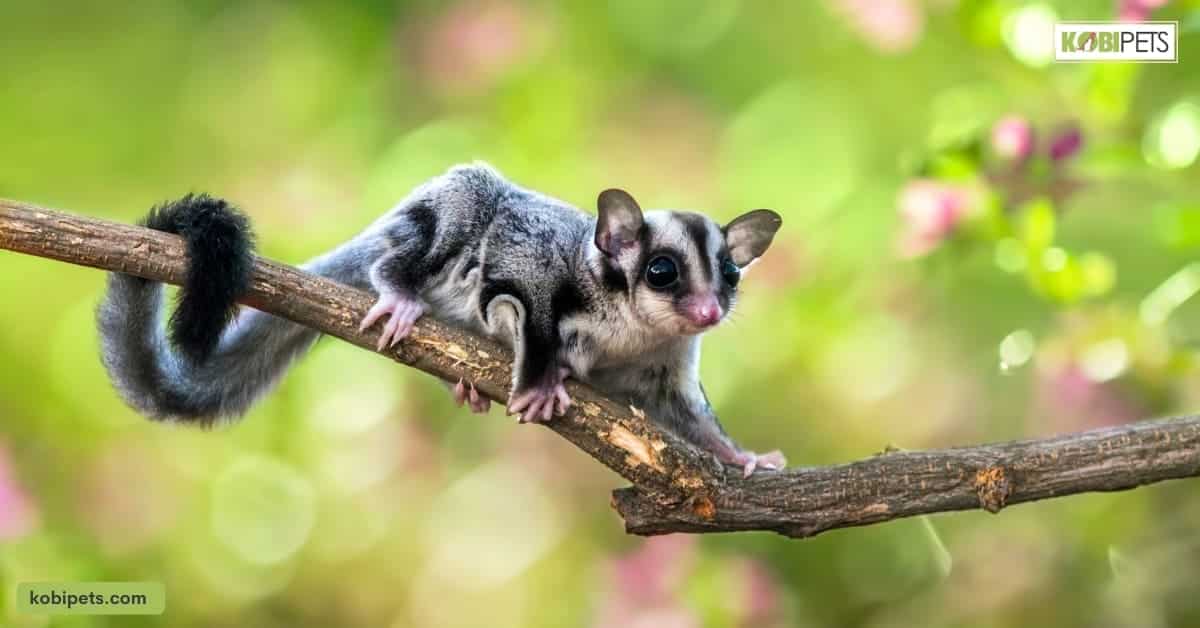
Grooming and Hygiene
Cleaning the cage and accessories
While it is essential to clean the cage and accessories of a Sugar Glider, as part of an overall grooming and hygiene routine, it can be difficult to know how to do it. While it may require some significant effort, by cleaning their cage and any other accessories they interact with on a regular basis (such as perches and food or water dishes), you will help to ensure your pet’s health and wellbeing.
It is recommended that cages are fully cleaned at least once a week, while accessories should be wiped down at least twice per week with warm water. Doing this will help keep all surfaces free of bacteria that could potentially harm your glider’s health.
Additionally, elevated levels of humidity in the environment can cause mold and mildew growth, so using a mild detergent and dry cloth during cleaning is suggested. Regular maintenance of your glider’s living space is vital for their long-term care; however, ensuring proper hygiene should not be overlooked either.
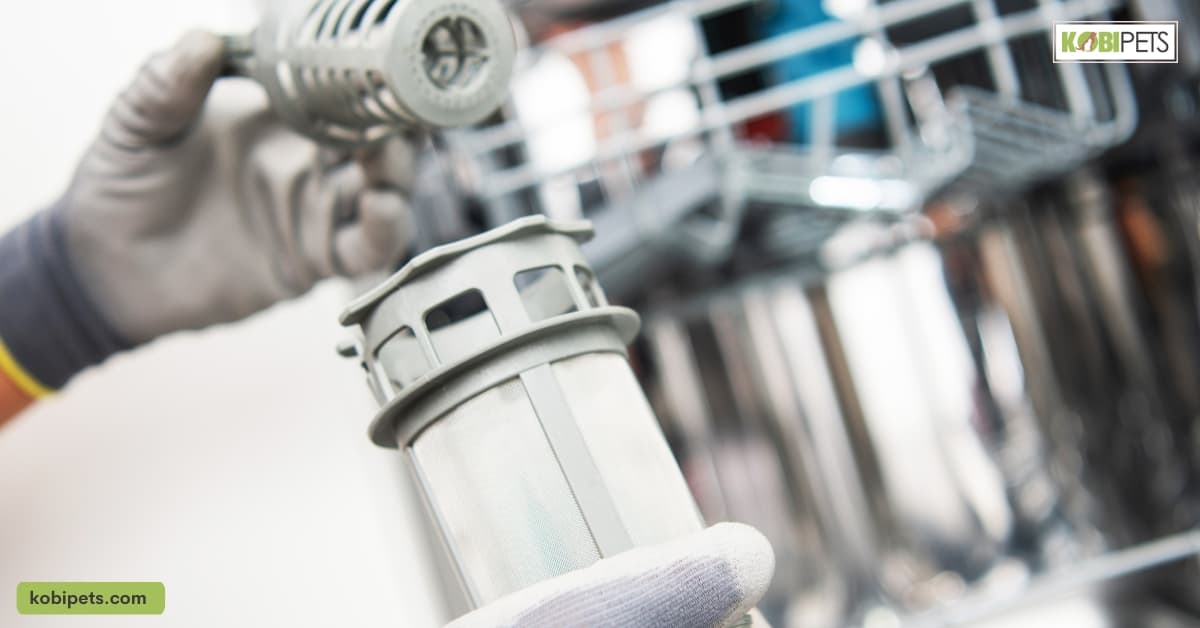
Bath time and nail trims
Keeping up with a sugar glider’s grooming and hygiene should definitely be part of the overall sugar glider care routine! Regular baths and nail trims can help keep your furry companion healthy and happy. Bathing can prevent an accumulation of dirt, dust, and bacteria that could otherwise cause skin irritations or infections.
Nail trimming will also ensure their feet stay clean and their claws do not get too long and impede their movement. Regular grooming should be done in moderation, however, as too many baths can dry out their skin.
To ensure the safety of both you and your sugar glider, it is important to invest in proper supplies such as shampoo designed for pet use and guillotine-style nail clippers. Knowing these basics about caring for a sugar glider’s grooming needs will help keep them looking and feeling great.
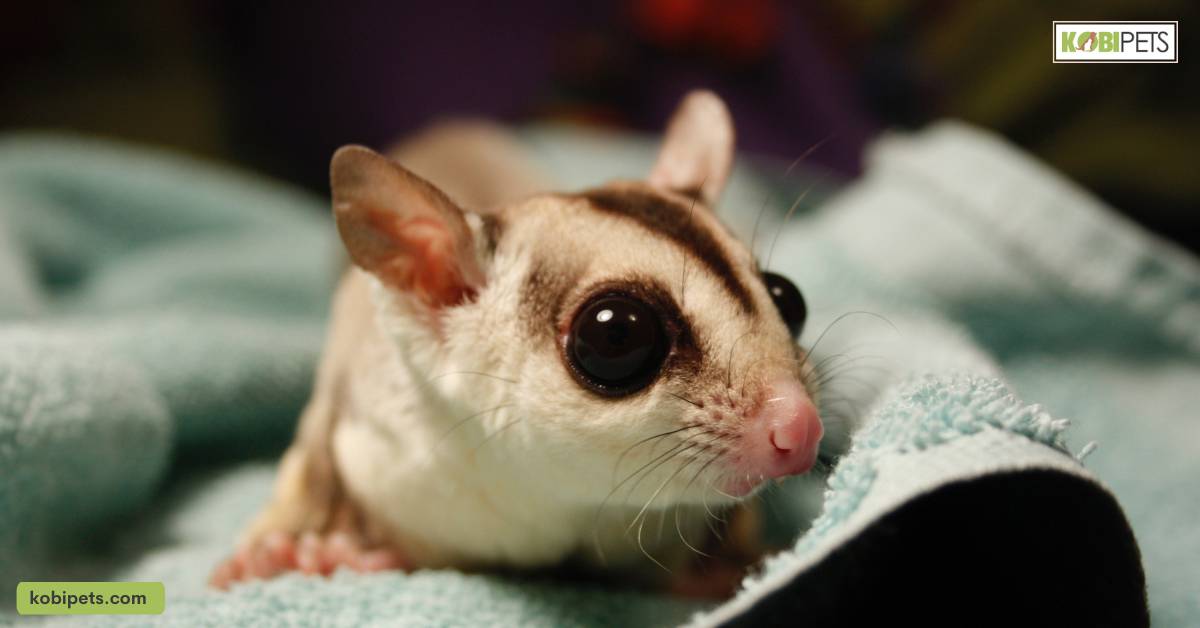
Socialization and Bonding
How to socialize and bond with your Sugar Glider
Sugar Gliders are spirited and inquisitive animals that can make friendly pets. If you’re looking to deepen your relationship with your Sugar Glider, there are a couple of things you can do. First off, provide lots of toys and activities for your Sugar Glider to stay occupied during the day.
Activities such as cylinder running or dangling onto toys suspended from the top of their cage would help keep them entertained and active. Second, build a close bond with daily interaction – try hand-feeding treats or gently handling them while they’re awake outside their cage for at least 15 minutes each day.
This helps build trust between you two while also providing opportunities to be extra social! Finally, get to know what your glider’s individual behaviors mean so that you recognize the positive signs of bonding and attachment.
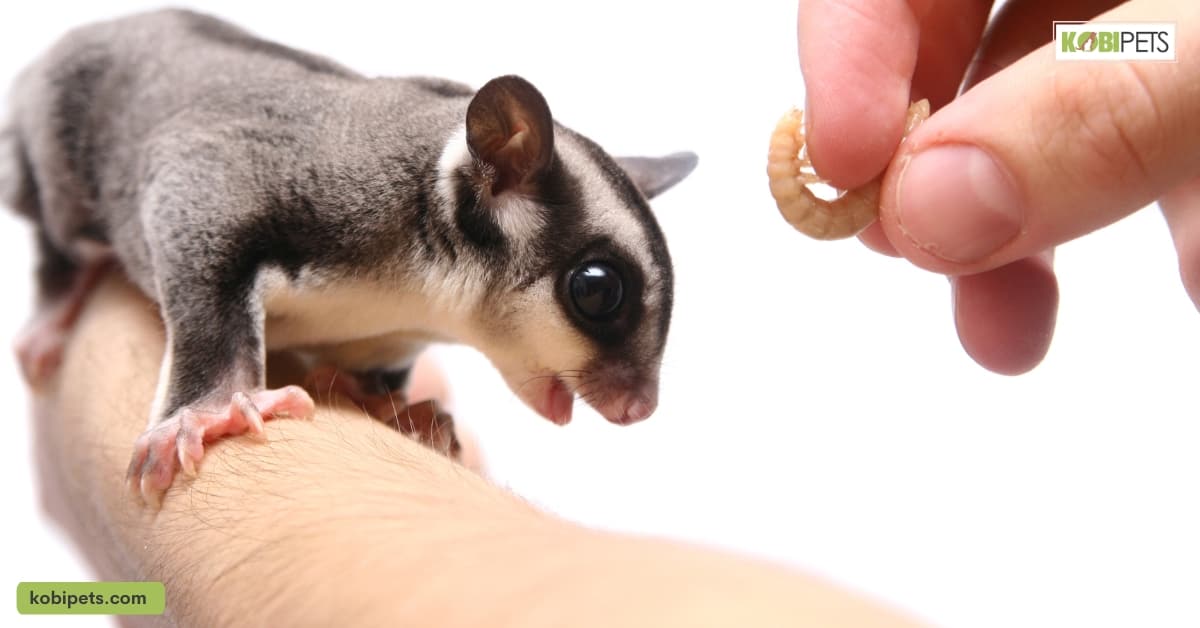
Health Concerns and Regular Vet Visits
Importance of regular vet check-ups
Regular check-ups from a qualified veterinarian are essential for Sugar Glider owners to keep their pets healthy and happy. Not only do vet check-ups enable vets to identify and manage any medical issues that may arise in the glider’s life, but it also gives owners a chance to discuss the proper nutrition, exercise, and other aspects of care.
During a veterinary visit, an experienced veterinarian can evaluate the Sugar Glider’s overall condition, monitor its weight, provide insights into diet or activity modifications if needed, and provide timely vaccinations.
Staying current with these professional evaluations goes beyond ordinary at-home maintenance and helps ensure your Sugar Glider enjoys long-term health. Plus it’s an excellent opportunity to ask questions related to taking care of your beloved pet.
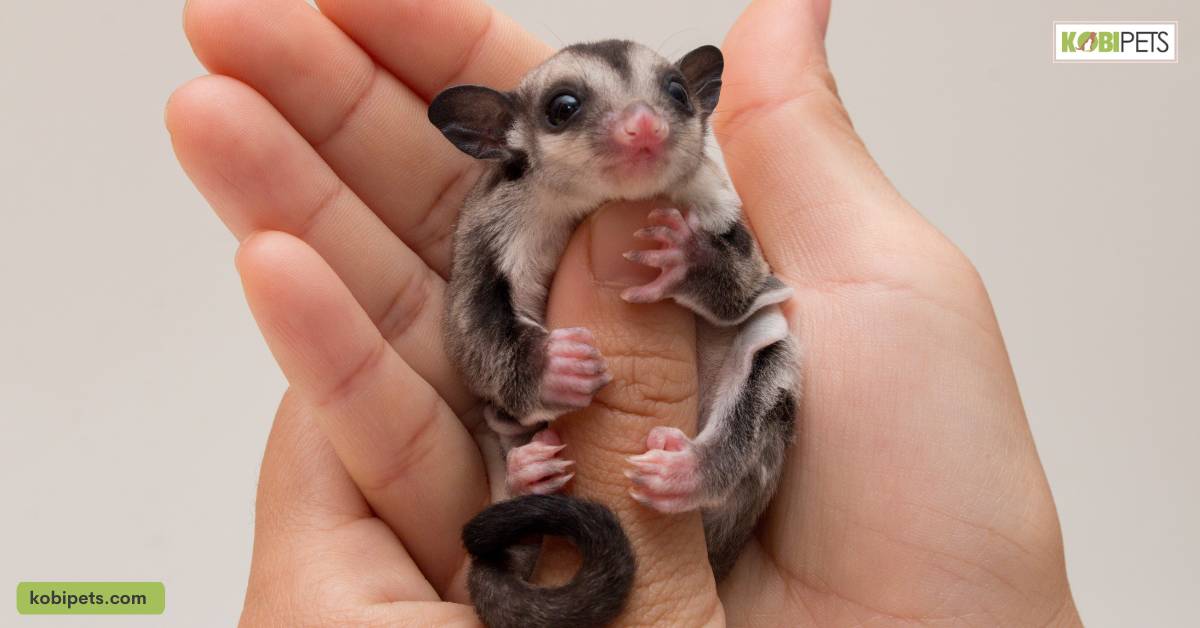
Common health issues in Sugar Gliders
It is important for Sugar Glider owners to be aware of common health issues that may arise. Common health issues found in Sugar Gliders include:
- Metabolic Bone Disease (MBD): MBD is the result of a lack of calcium and phosphorous, which can lead to weak bones, fractures, and seizures.
- Obesity: Excessive sugar and fat in the diet can lead to weight gain and obesity, further increasing health risks.
- Diabetes: High levels of sugar in the diet can lead to diabetes and other complications.
- Parasites: Intestinal parasites are common in Sugar Gliders that do not receive regular deworming treatments.
- Respiratory Infections: Stress and poor hygiene can lead to respiratory issues and infections.
- Dental Disease: Poor dental care can cause tooth decay, gum disease, or abscesses that can be painful for your pet.
Symptoms of illness and when to seek veterinary care
Knowing the symptoms of illness is an important part of caring for a Sugar Glider. Subtle indicators can clue owners into health problems, allowing them to receive veterinary care at the earliest possible stage.
Common signs of distress include lethargy, dehydration, or changes in appetite. Unusual behavior or disinterest in socializing may also be a sign that the animal’s health is not optimal. For these reasons, it is essential to visit a veterinarian as soon as possible if any of these indications are observed.
Doing so ensures that your pet receives treatment much more quickly and that its overall prognosis will be improved. Since it is difficult for an untrained person to recognize a more serious medical condition, seeking out professional help should always be done when there are concerns about a Sugar Glider’s health and well-being.
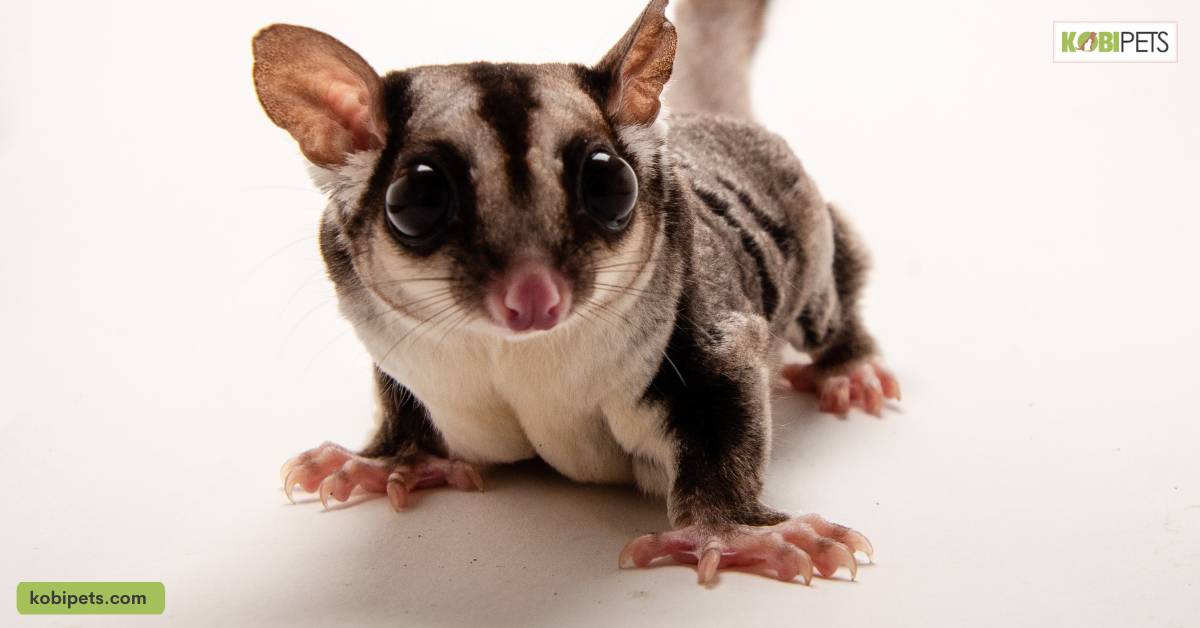
In Conclusion
Caring for a sugar glider takes dedication and patience but can be incredibly rewarding. By understanding the basics of sugar glider care, you can provide your pet with a safe and healthy environment where they can truly thrive.
From establishing an appropriate diet to providing daily exercise and playtime activities, regular grooming and hygiene, socialization and bonding, as well as monitoring for any health concerns that may arise – there are many elements to consider when it comes to taking care of a Sugar Glider.






